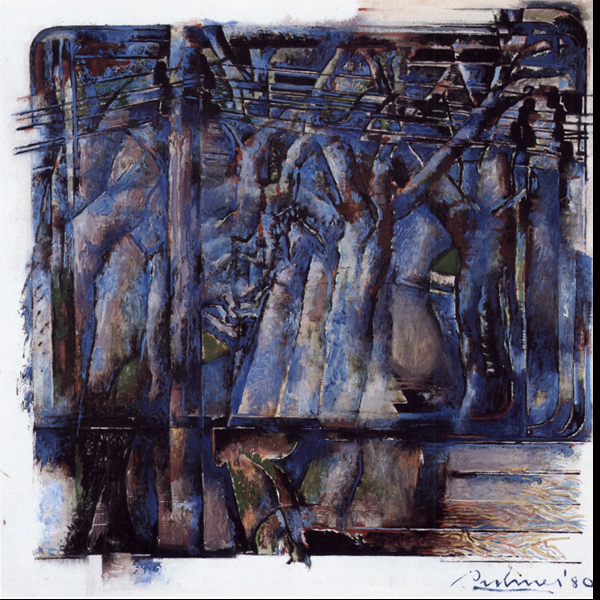
These landscapes have a quality of "slowly growing even as we look at them" because one experiences them in real time, and not all in one glance. Their beauty and meaning reveal themselves slowly. In the process, these paintings actively encourage us to explore our own values, our own real feelings, and what it means to be a member of the family of man— all of which are rare qualities in the art of any era.
Although the viewer will see similarities of style and technique in all of Pachner's paintings, he will also be surprised by how many images and ideas are unique to each work of art. Each painting, has its own rational, its own "engine" to drive it. We are taken on a very different journey—emotional and visual— with almost every painting we look at.
This process of give-and-take between artist and painted image is the hallmark of the existentialist. And above, Pachner believes that each of us is responsible for his own acts and moral condition, and that we should be alive to the moment in which we find ourselves-whatever that moment brings.
The expressionist wants to define his relationship to the outer world and will change what he sees, when necessary, to that ambition. The single motivation that binds all expressionists together is the need to create forms that spring from real feelings of the artist, rather than from a hierarchy of approved, and often dead, aesthetic forms.
...Each painting for the expressionist is a unique challenge for the expressionist, because feelings at any given moment are never quite the same as they were at any other moment in the past.
